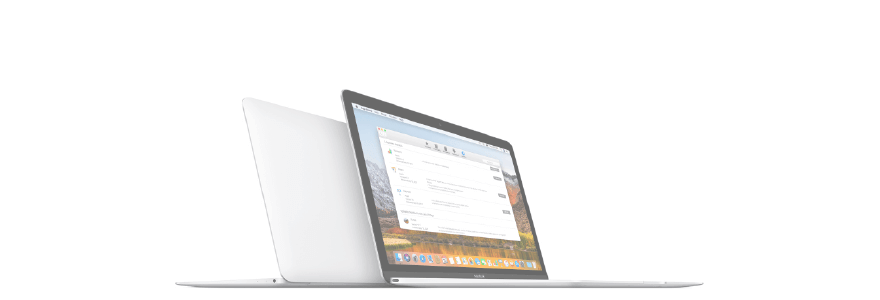You don’t need any specific macOS version in order to use the power scheduling feature because it’s built into virtually every version of Apple’s desktop operating system.

1) Open System Preferences from the Dock, the Applications folder, the Apple menu or Spotlight.
2) Click the Energy Saver icon.
3) Click the Schedule button at the bottom of the window.
4) Now create your custom power schedule:
- Start up or wake—Tick the top checkbox and choose a day or group of days from the pop-up menu, then enter a time.
- Sleep, restart or shut down—Tick the bottom checkbox and select Sleep, Restart or Shut Down from the pop-up menu on the left, then choose a day or group of days from the pop-up menu on the right and enter a time.
5) Click the OK button to keep the changes or Cancel to abort.

Set a custom time for your Mac to automatically start up, wake, sleep, restart or shut down
6) Close out the System Preferences window.
Shut down vs sleeping
While some people will find it more convenient to just put their Mac to sleep when it’s not in use, shutting it down at the end of the day not only saves more power than the sleep mode, but also give it a chance to install pending updates that require a restart, flush the caches and perform other housekeeping operations as part of the general maintenance routine.
As I mentioned earlier, you may want to use power scheduling in macOS if you want to be sure your Mac turns off when you aren’t working and turns on before you come to work.
Have you tried power scheduling on your Mac yet? If so, how did you like this feature? And while we’re at it, we’d appreciate if you could share your top uses for power scheduling in macOS with us in the comments down below.

